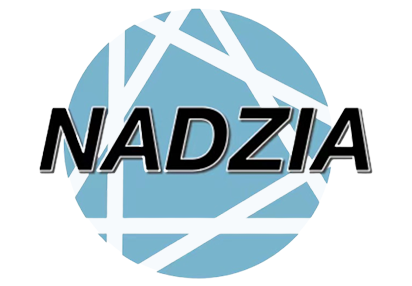Understanding Rubber Diaphragms: Essential Components in the Chemical Industry
Pubdate:
2025-01-21
Rubber diaphragms are critical components widely used in the chemical industry, particularly in applications requiring reliable sealing and pressure regulation. These flexible membranes, typically made from elastomeric materials, serve as barriers to prevent fluid leakage while accommodating pressure changes. Their versatile nature allows them to be incorporated into various devices, including pum
Rubber diaphragms are critical components widely used in the chemical industry, particularly in applications requiring reliable sealing and pressure regulation. These flexible membranes, typically made from elastomeric materials, serve as barriers to prevent fluid leakage while accommodating pressure changes. Their versatile nature allows them to be incorporated into various devices, including pumps, valves, and pressure regulators.
One of the primary advantages of rubber diaphragms is their ability to maintain a hermetic seal in varying conditions. This is particularly important in the chemical sector, where the containment of hazardous substances is essential to ensure worker safety and compliance with environmental regulations. By effectively preventing leaks, rubber diaphragms help mitigate the risks associated with chemical spills and exposure.
In addition to their sealing capabilities, rubber diaphragms also provide excellent resistance to a wide range of chemicals. Depending on the specific type of rubber used—such as EPDM, Nitrile, or Neoprene—diaphragms can be engineered to withstand aggressive substances, extreme temperatures, and varying pressures. It is crucial for professionals in the chemical industry to select the appropriate diaphragm material based on the specific chemicals being handled and the operating conditions.
The design of rubber diaphragms can vary significantly based on their intended application. For instance, some diaphragms are crafted with reinforcement layers to enhance their durability and performance under high-pressure scenarios. Others may feature specialized shapes or profiles to fit specific equipment configurations. Understanding the intricacies of diaphragm design can help engineers and operators optimize their systems for better efficiency and reliability.
Maintenance plays a vital role in the longevity and effectiveness of rubber diaphragms. Regular inspection for signs of wear, such as cracks or deformation, is essential to ensure continued functionality. Additionally, professionals should be aware of the limitations of rubber diaphragms regarding temperature and chemical compatibility to prevent premature failure.
In summary, rubber diaphragms are indispensable components in the chemical industry, offering vital sealing functions and chemical resistance. By understanding their properties and applications, industry professionals can make informed decisions about the selection and maintenance of these components, ultimately enhancing safety and efficiency in their operations. As the chemical industry continues to evolve, the role of rubber diaphragms will remain significant, underscoring the importance of continued innovation and research in this area.
One of the primary advantages of rubber diaphragms is their ability to maintain a hermetic seal in varying conditions. This is particularly important in the chemical sector, where the containment of hazardous substances is essential to ensure worker safety and compliance with environmental regulations. By effectively preventing leaks, rubber diaphragms help mitigate the risks associated with chemical spills and exposure.
In addition to their sealing capabilities, rubber diaphragms also provide excellent resistance to a wide range of chemicals. Depending on the specific type of rubber used—such as EPDM, Nitrile, or Neoprene—diaphragms can be engineered to withstand aggressive substances, extreme temperatures, and varying pressures. It is crucial for professionals in the chemical industry to select the appropriate diaphragm material based on the specific chemicals being handled and the operating conditions.
The design of rubber diaphragms can vary significantly based on their intended application. For instance, some diaphragms are crafted with reinforcement layers to enhance their durability and performance under high-pressure scenarios. Others may feature specialized shapes or profiles to fit specific equipment configurations. Understanding the intricacies of diaphragm design can help engineers and operators optimize their systems for better efficiency and reliability.
Maintenance plays a vital role in the longevity and effectiveness of rubber diaphragms. Regular inspection for signs of wear, such as cracks or deformation, is essential to ensure continued functionality. Additionally, professionals should be aware of the limitations of rubber diaphragms regarding temperature and chemical compatibility to prevent premature failure.
In summary, rubber diaphragms are indispensable components in the chemical industry, offering vital sealing functions and chemical resistance. By understanding their properties and applications, industry professionals can make informed decisions about the selection and maintenance of these components, ultimately enhancing safety and efficiency in their operations. As the chemical industry continues to evolve, the role of rubber diaphragms will remain significant, underscoring the importance of continued innovation and research in this area.






